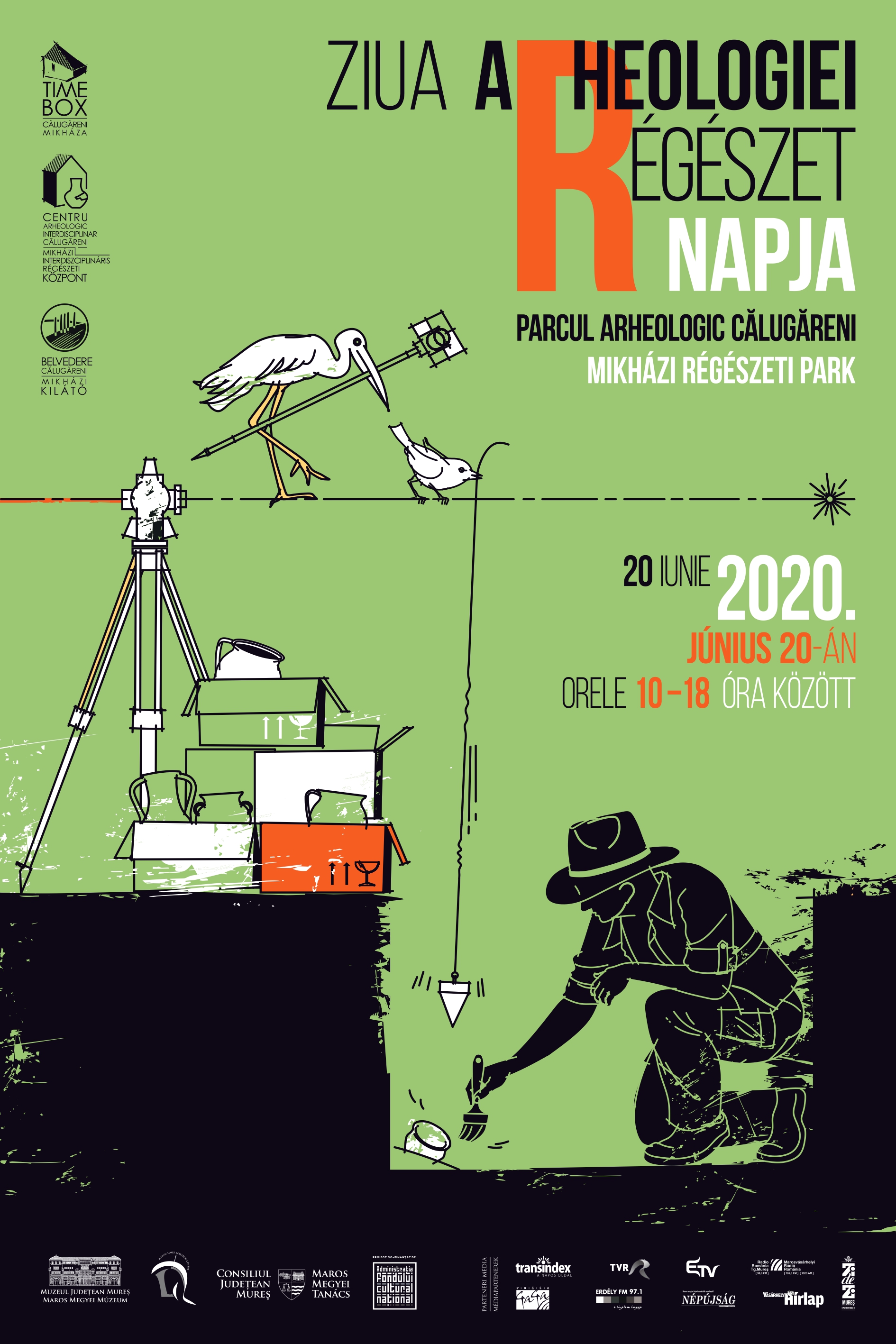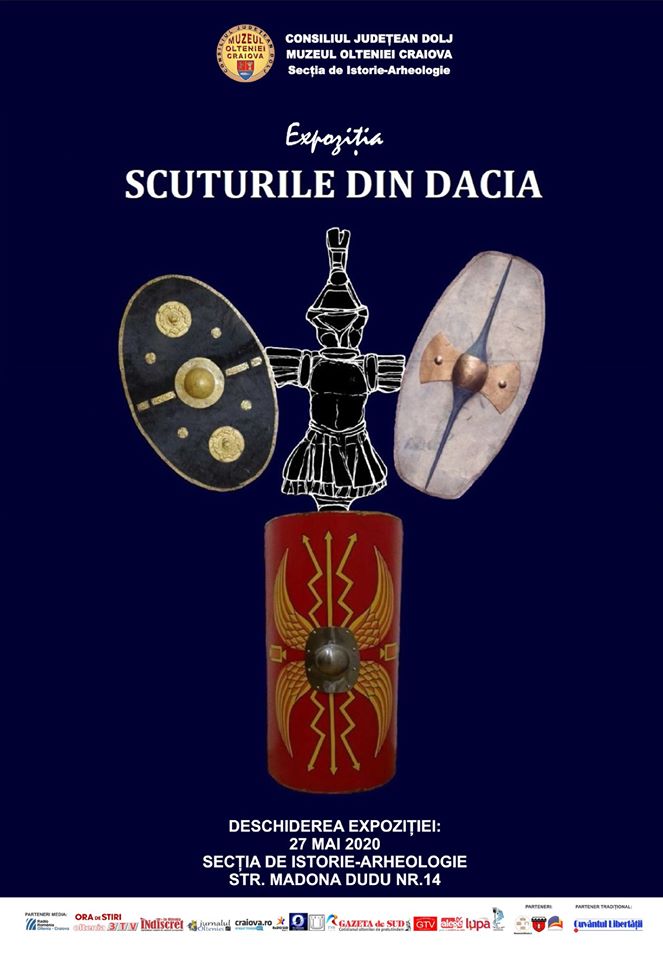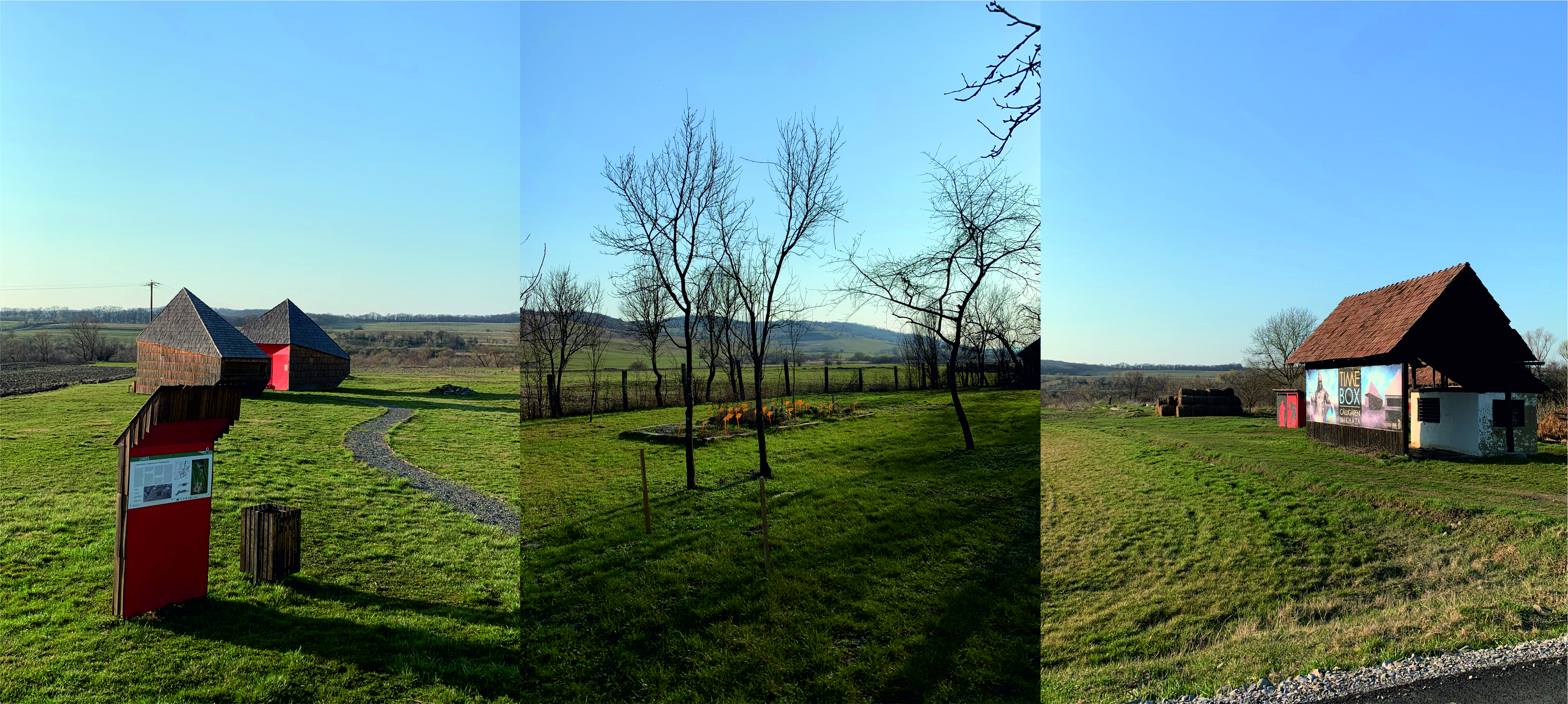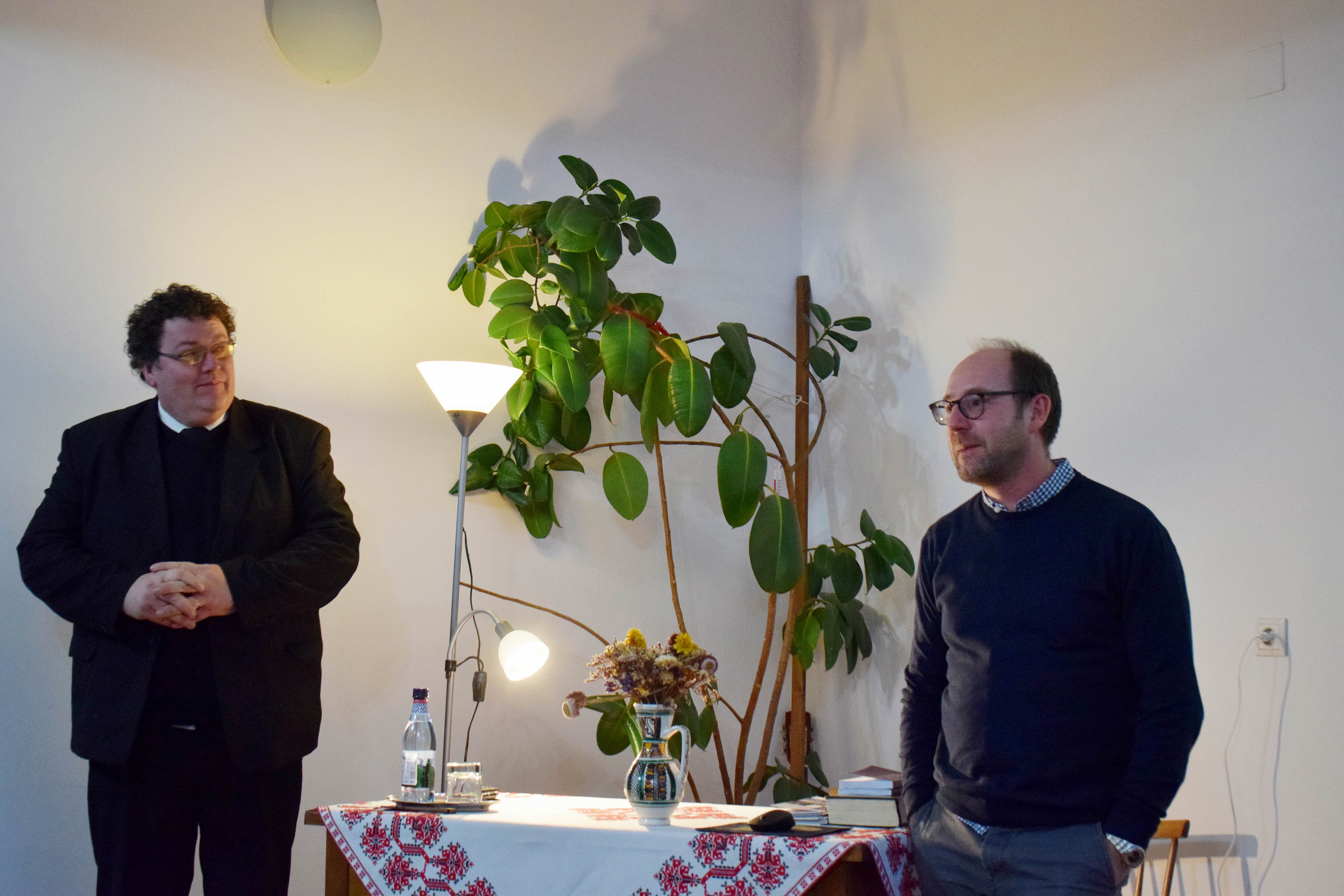European Archaeology Days (Journées européennes de l’archéologie) had its 11th edition this year. A total of 28 countries participated with 1.000 events. The aim of the organizers is making the public aware of the importance of archaeological researches.
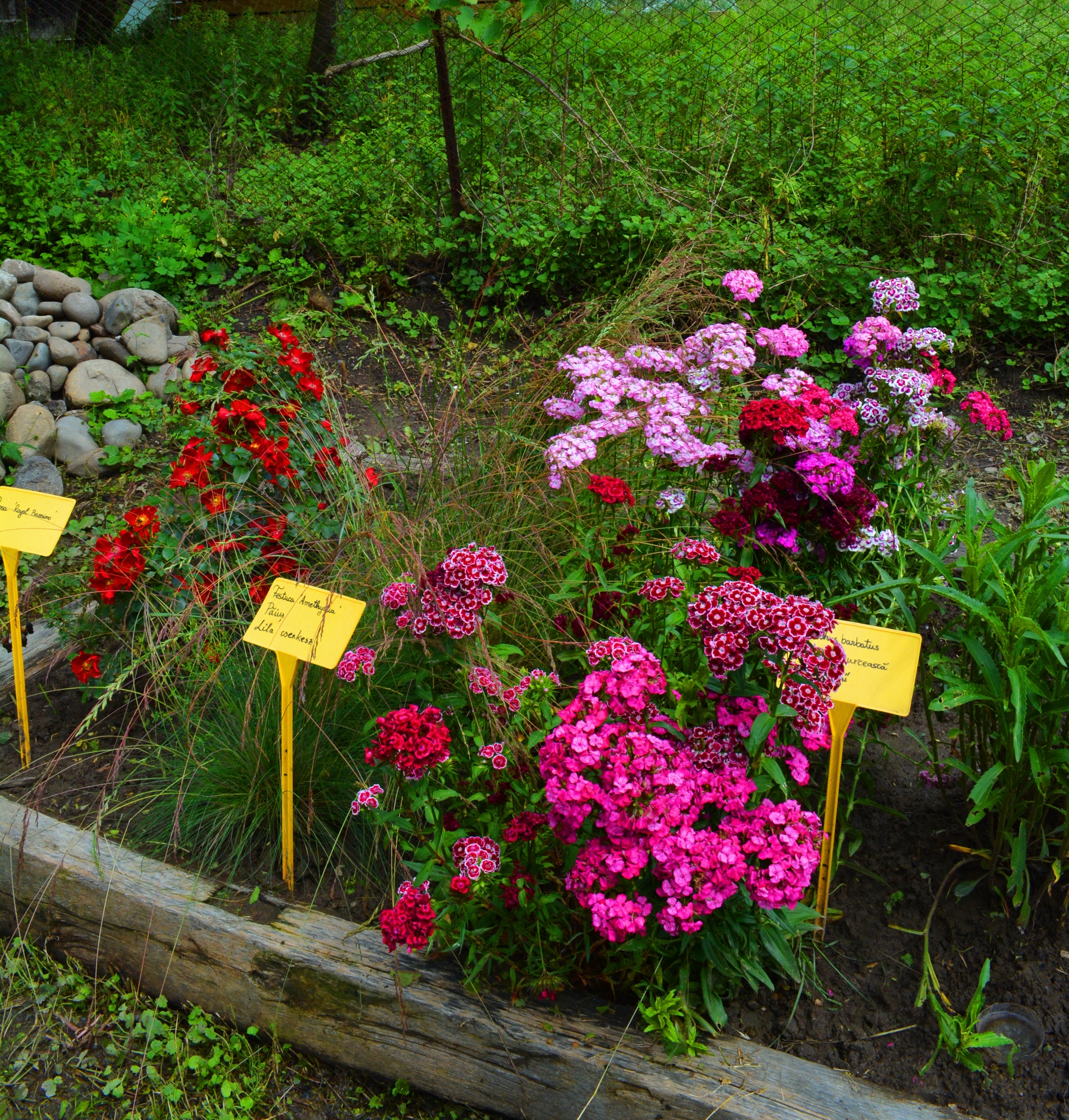 The Mureș County Museum participated for the first time, the event was held on the 20th of June at the Călugăreni Archaeological Park. In spite of the initial bad weather, we had almost 100 visitors. The guests could attend guided tours inside the pavilions (Time Box), the archaeological excavation and the experimental garden. Those who were interested could also make scented sacks from herbs during the day. The members of the Milites Marisensis Association made the occasion that more festive with their presence.
The Mureș County Museum participated for the first time, the event was held on the 20th of June at the Călugăreni Archaeological Park. In spite of the initial bad weather, we had almost 100 visitors. The guests could attend guided tours inside the pavilions (Time Box), the archaeological excavation and the experimental garden. Those who were interested could also make scented sacks from herbs during the day. The members of the Milites Marisensis Association made the occasion that more festive with their presence.







